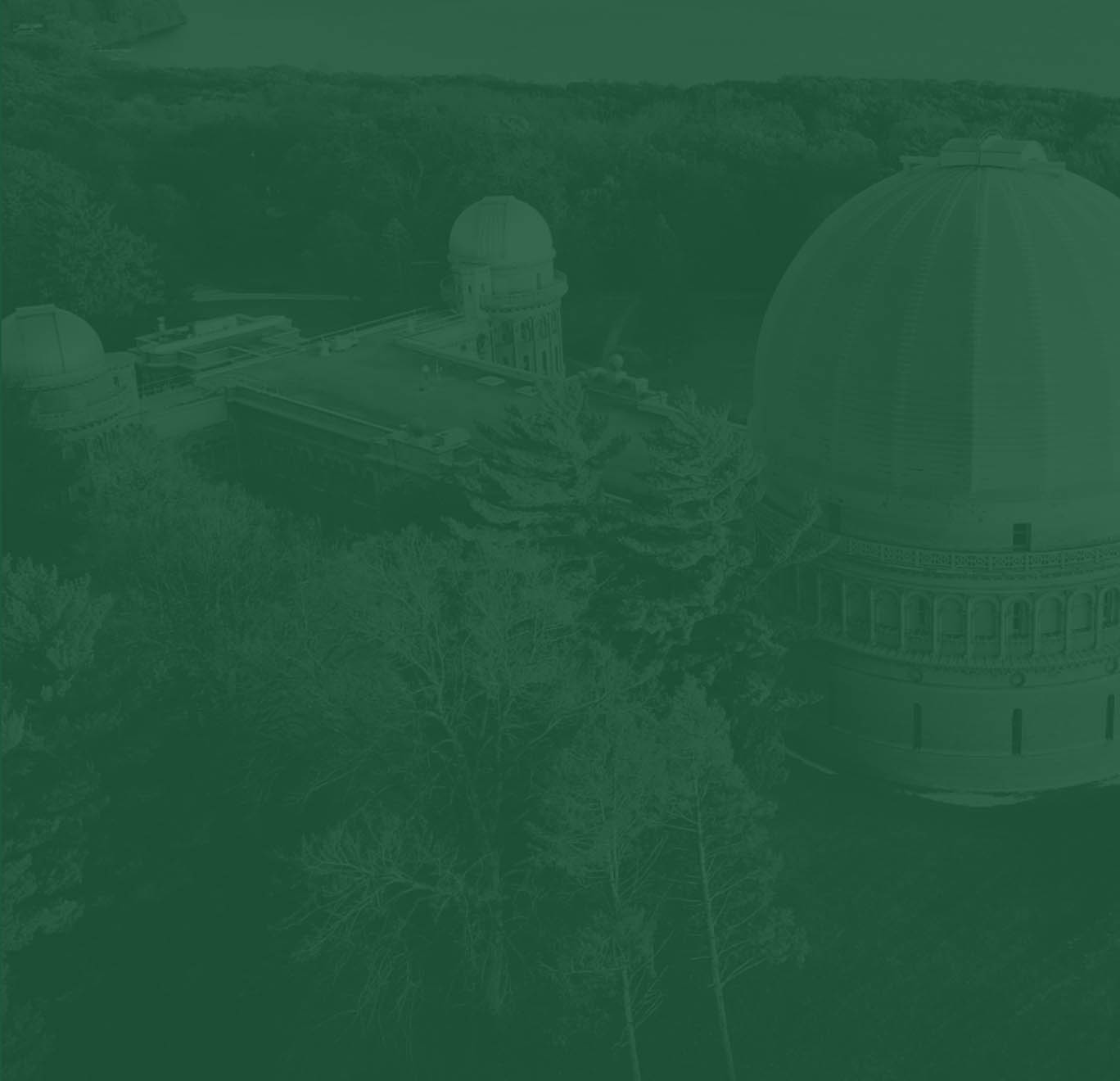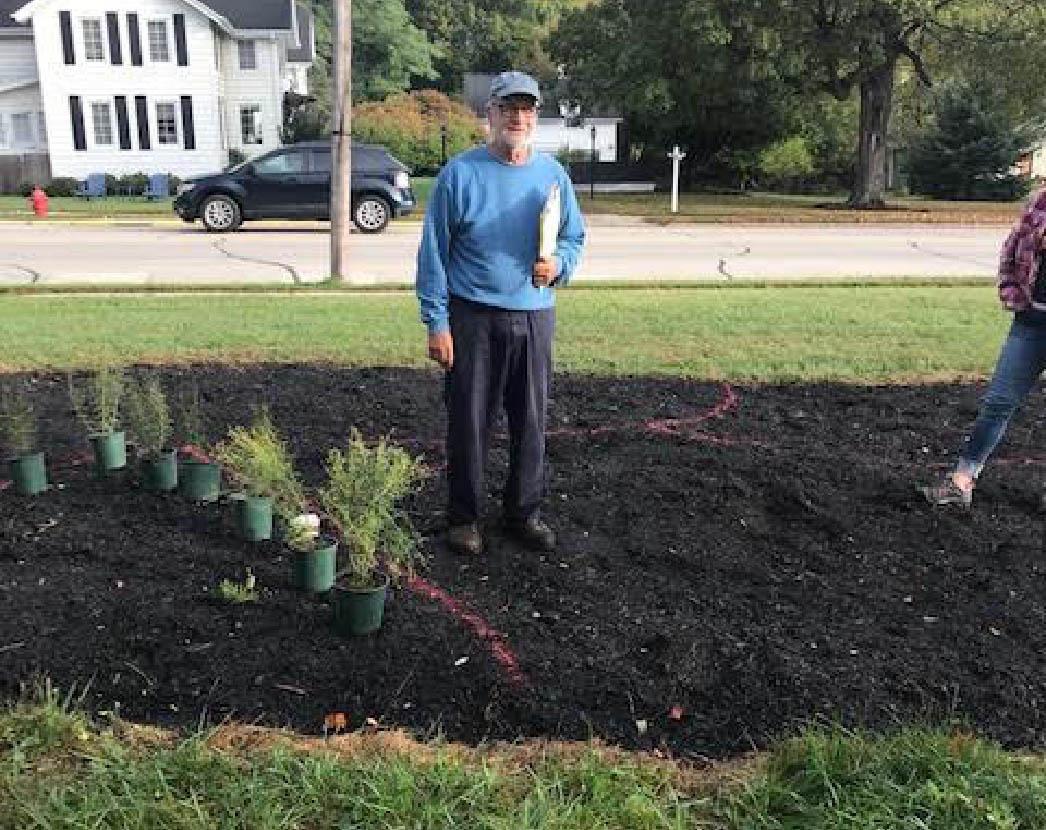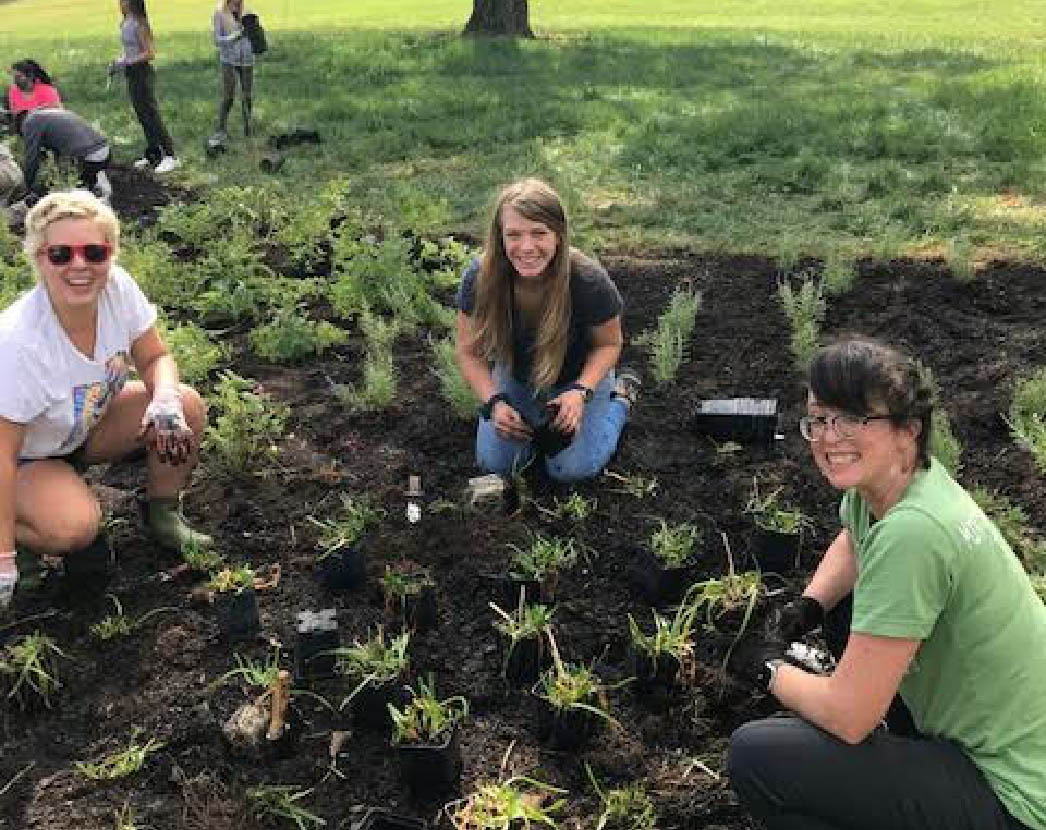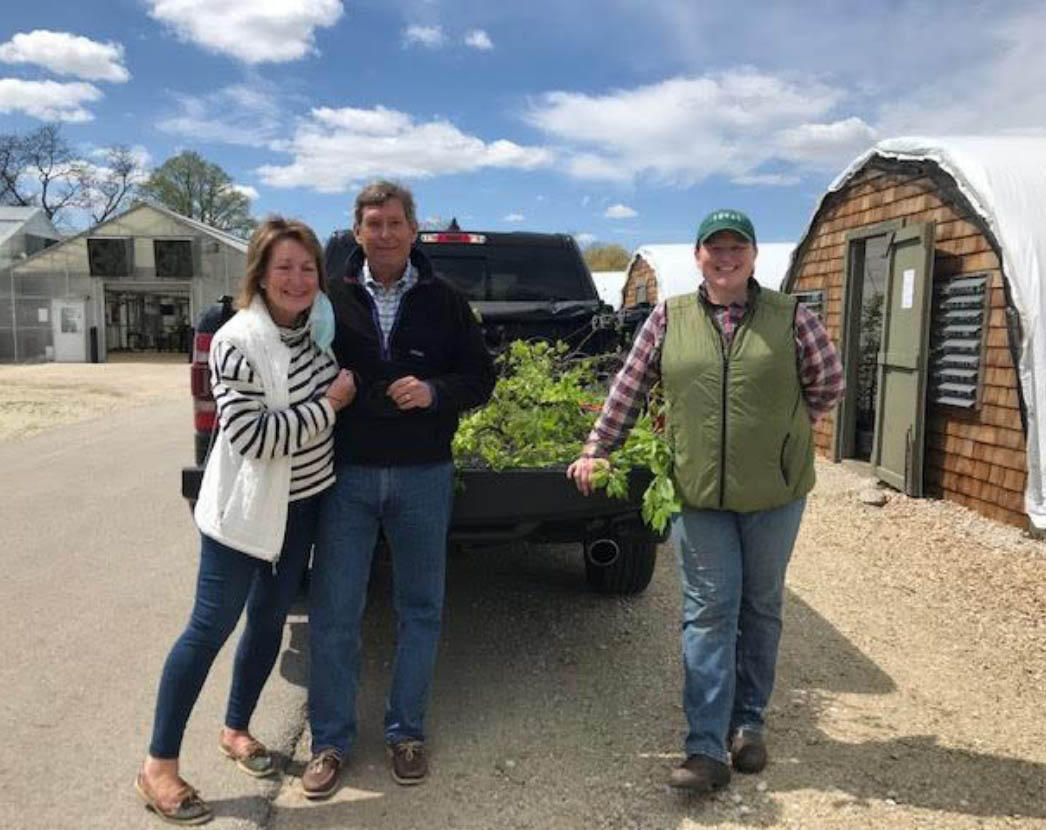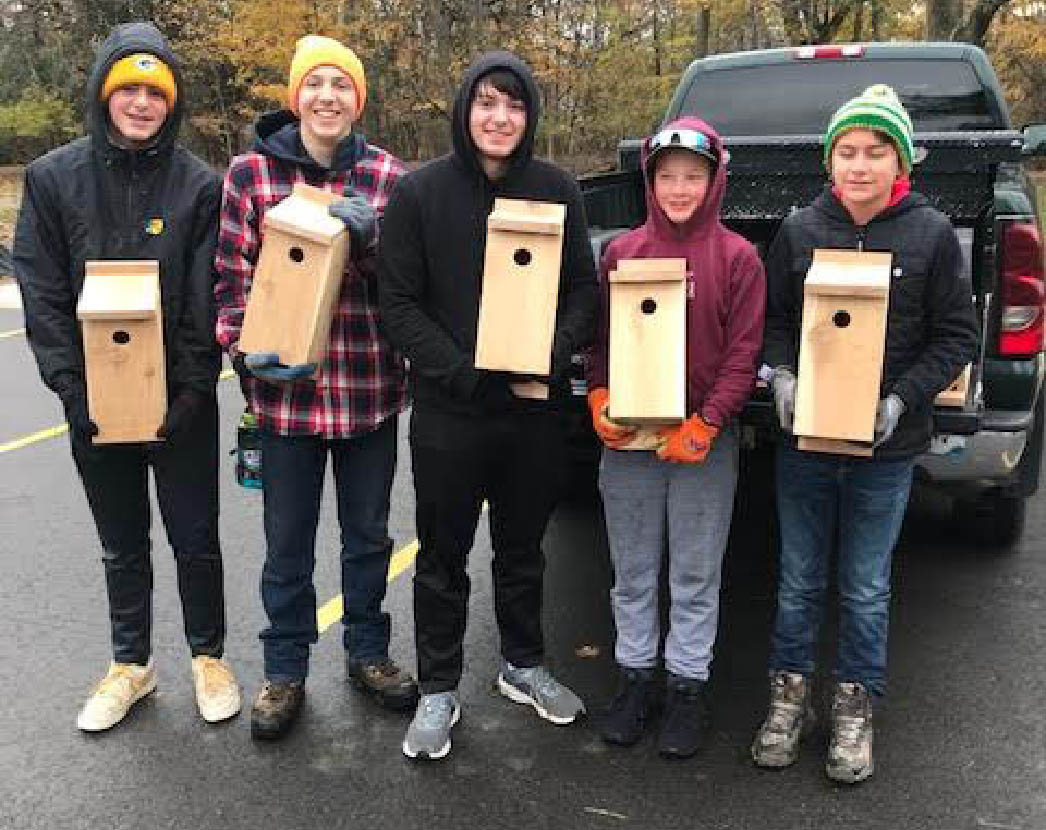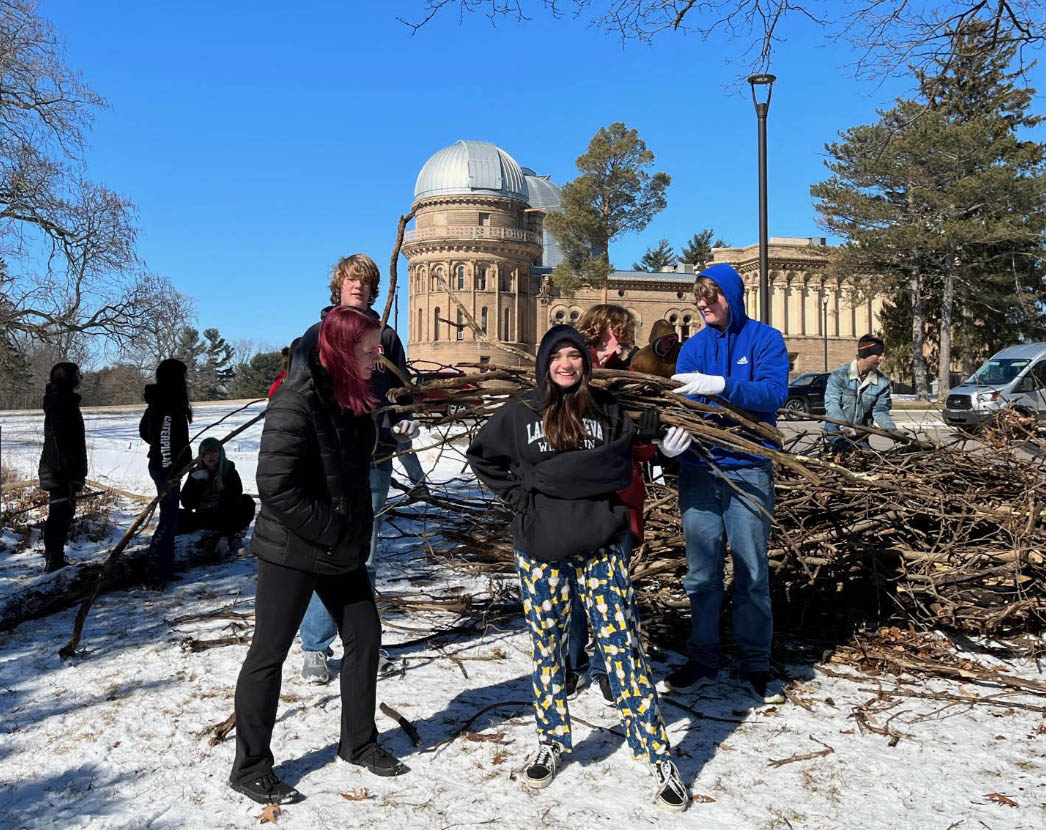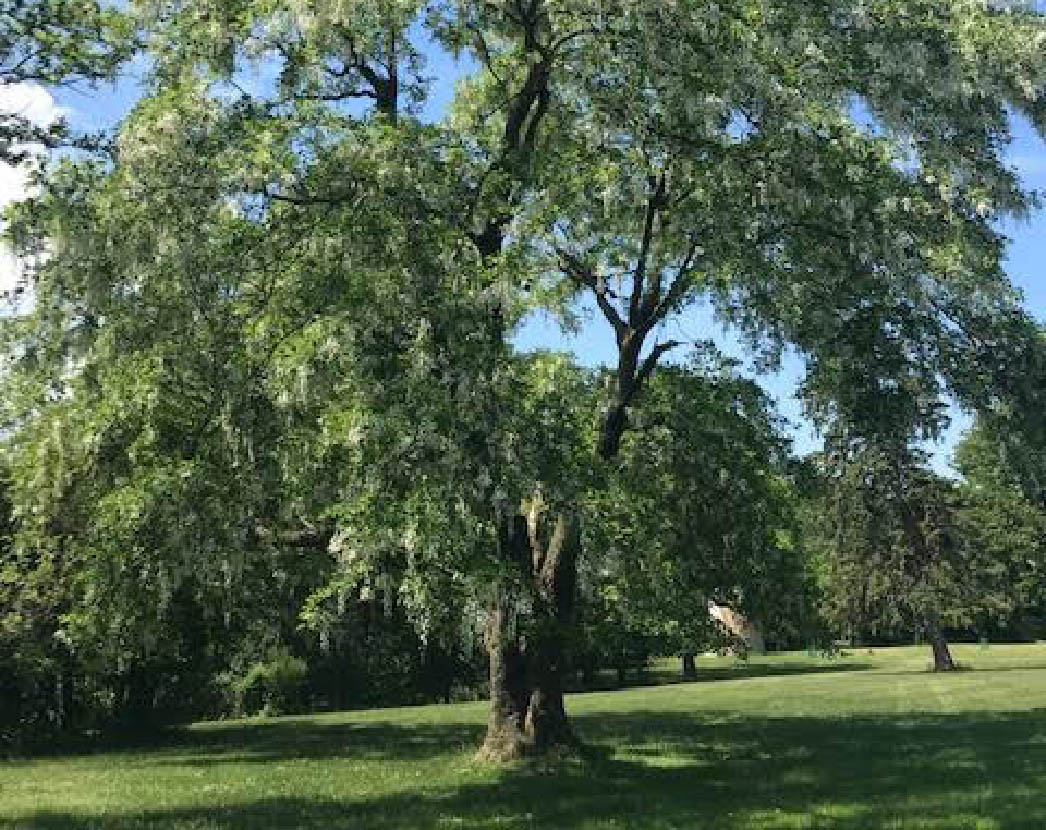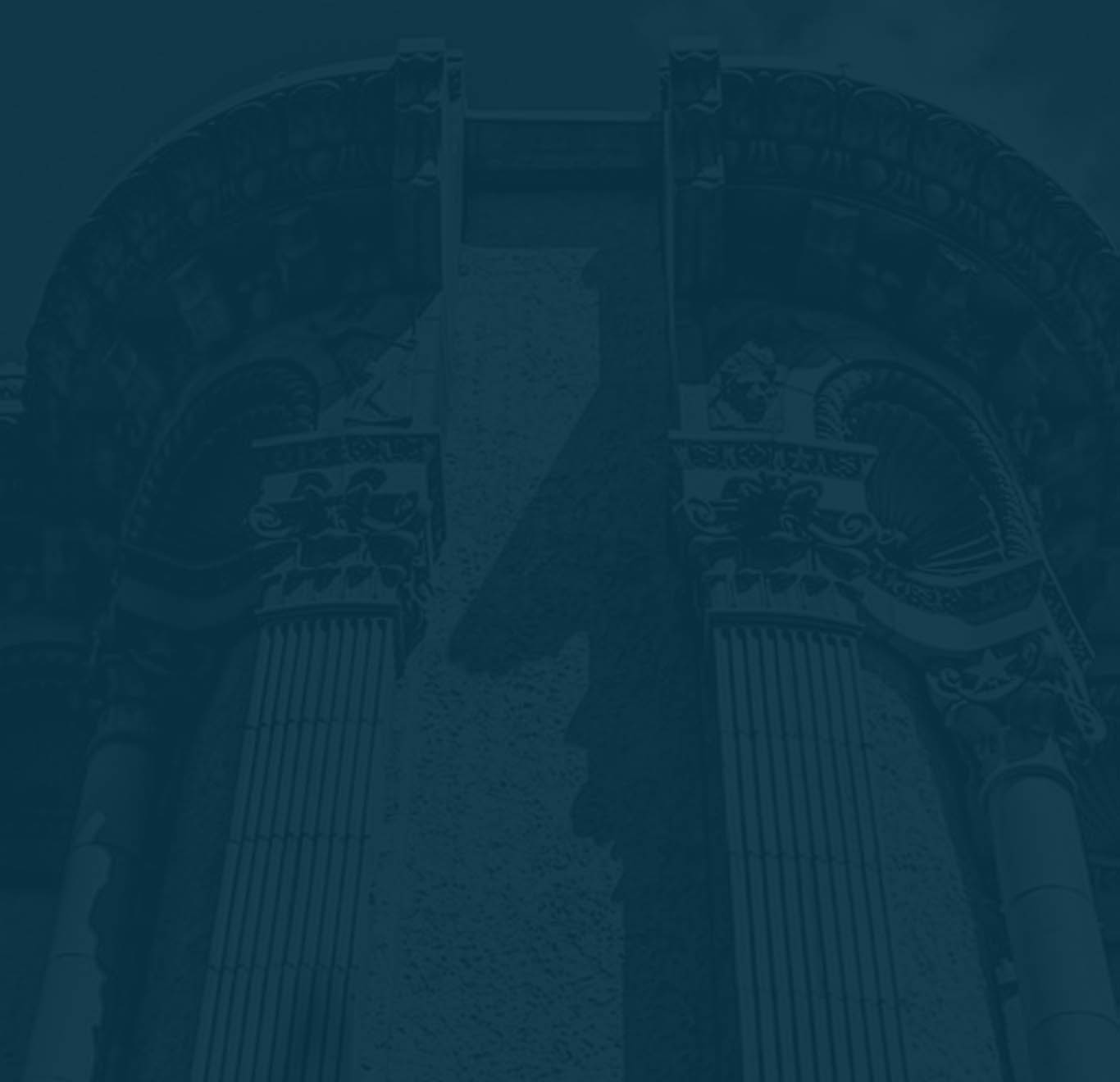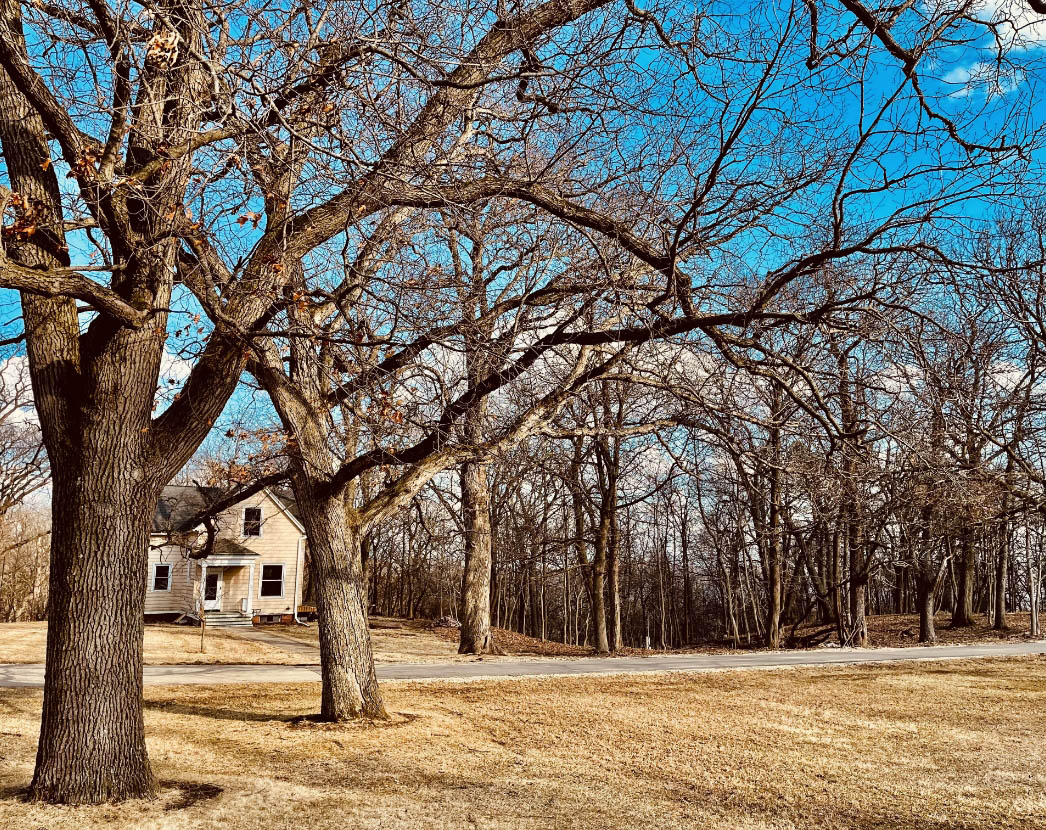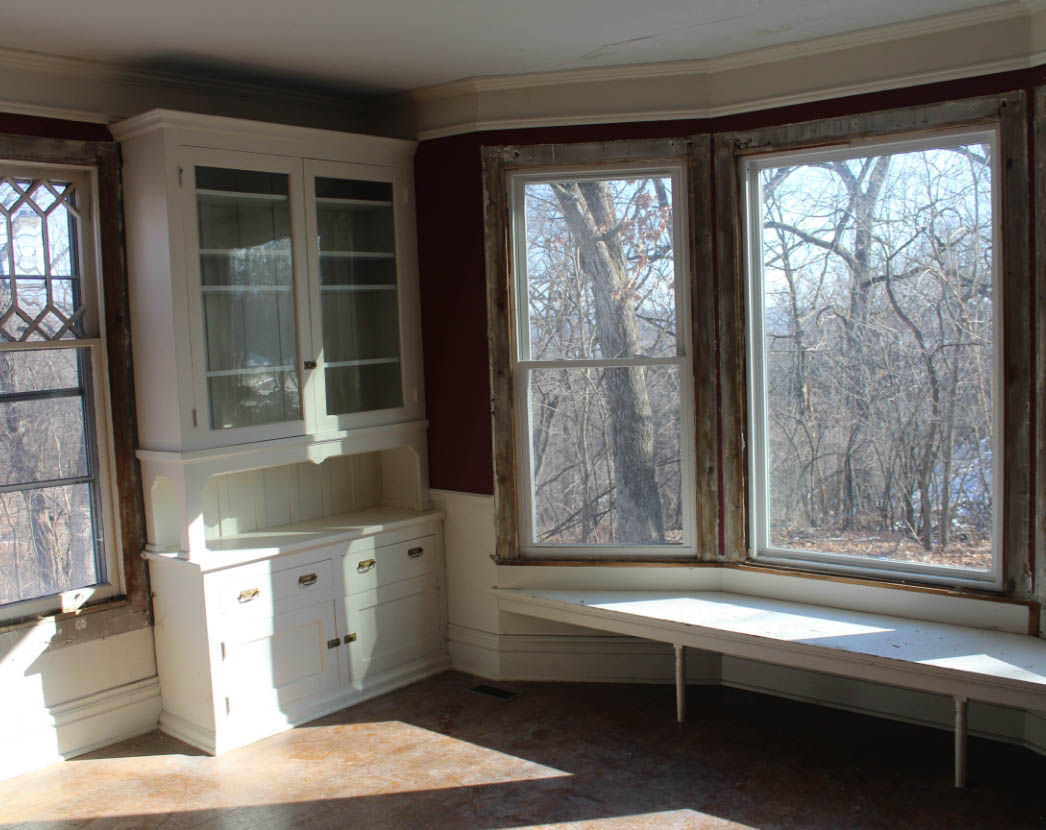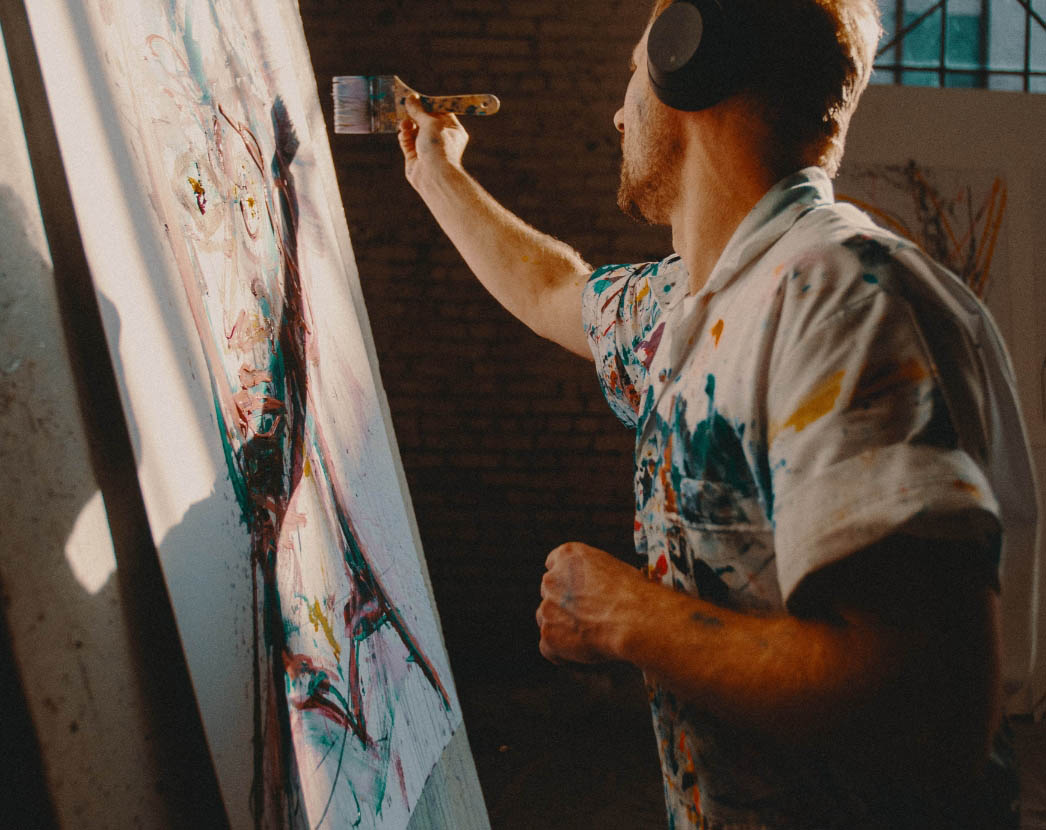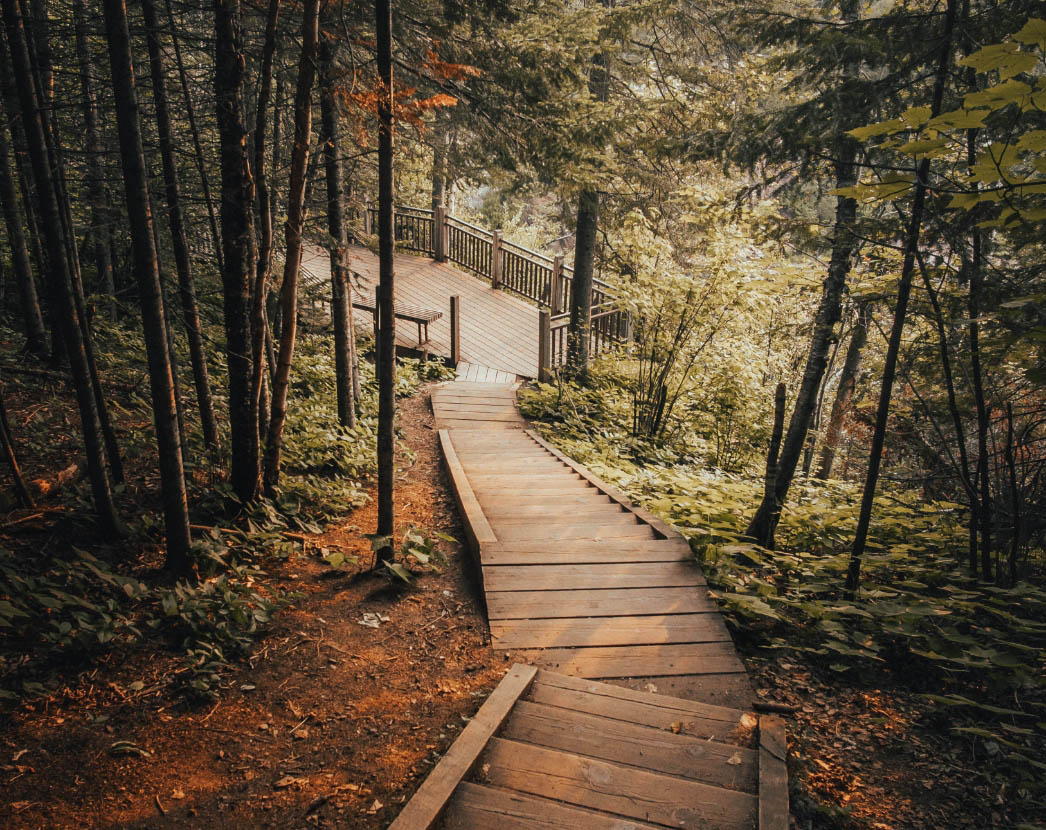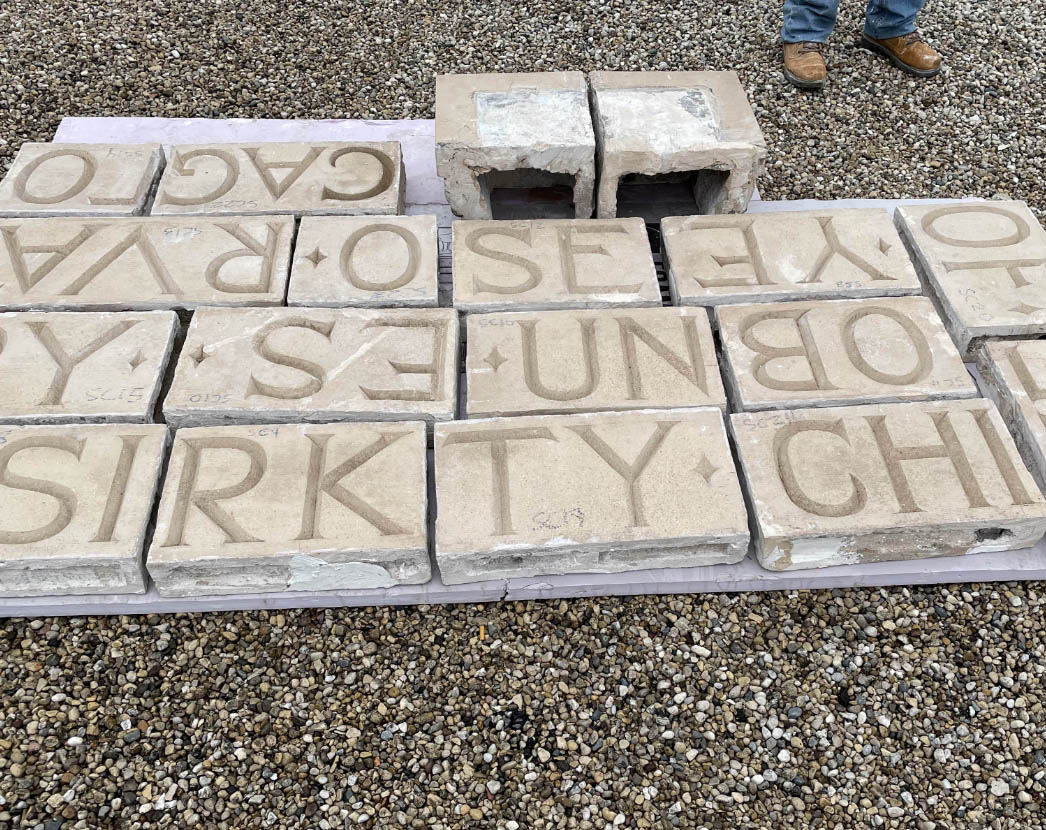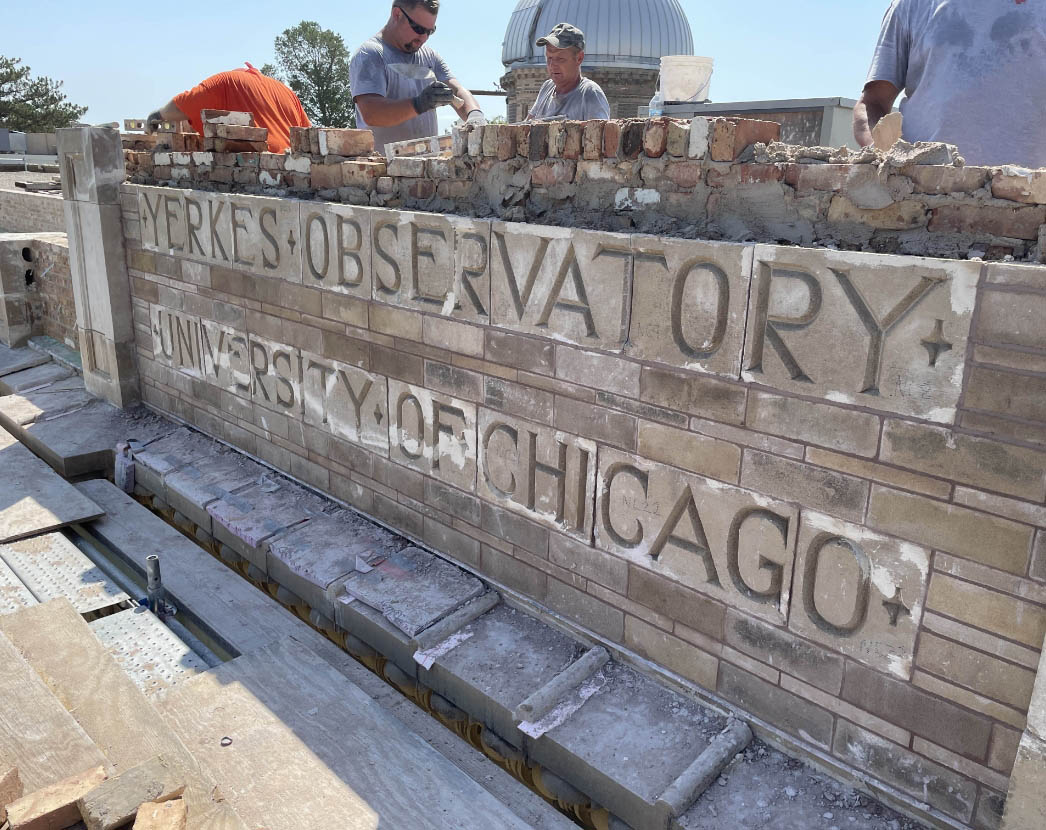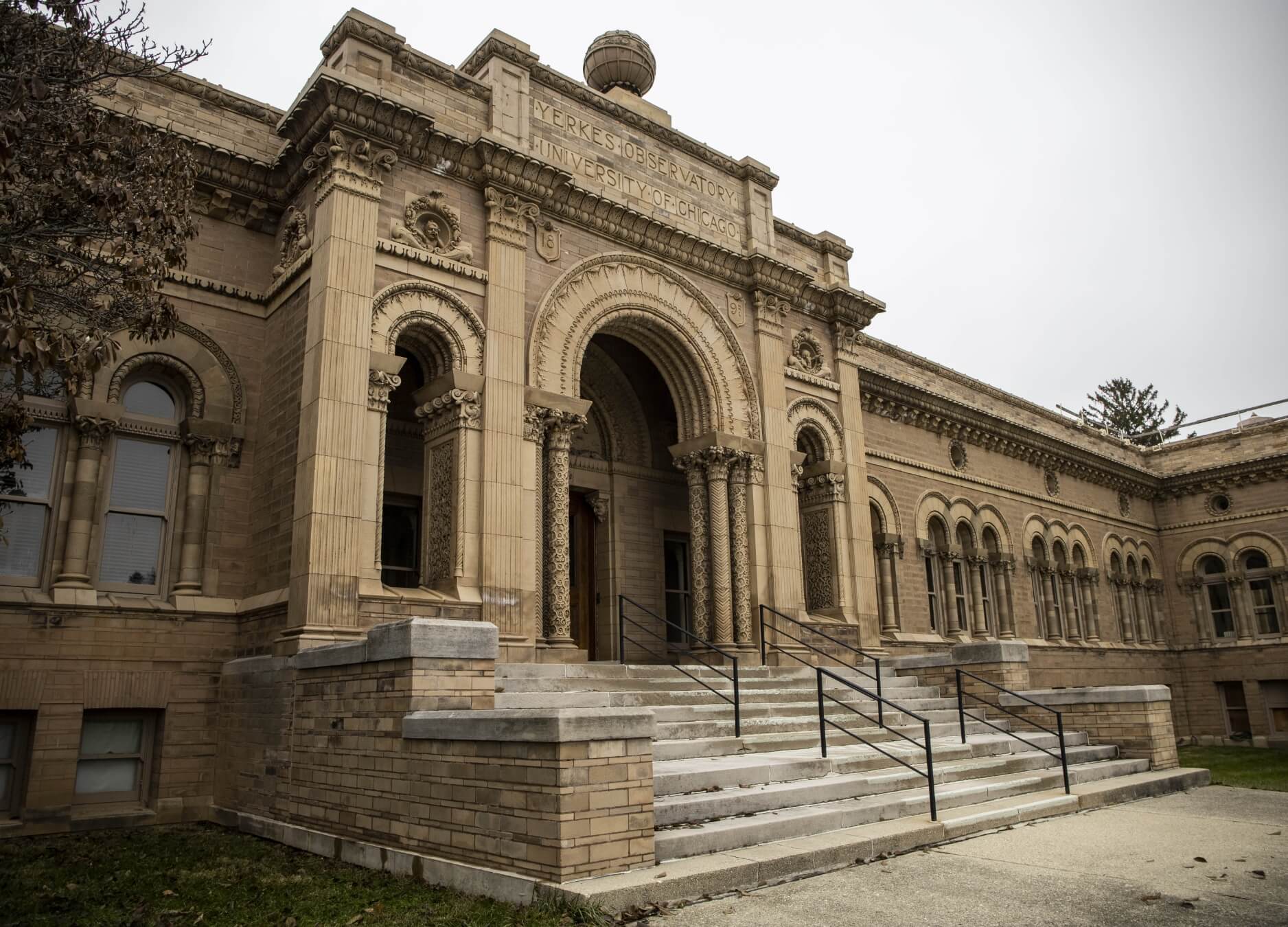
Restoration
A brick-by-brick,
tree-by-tree revival.
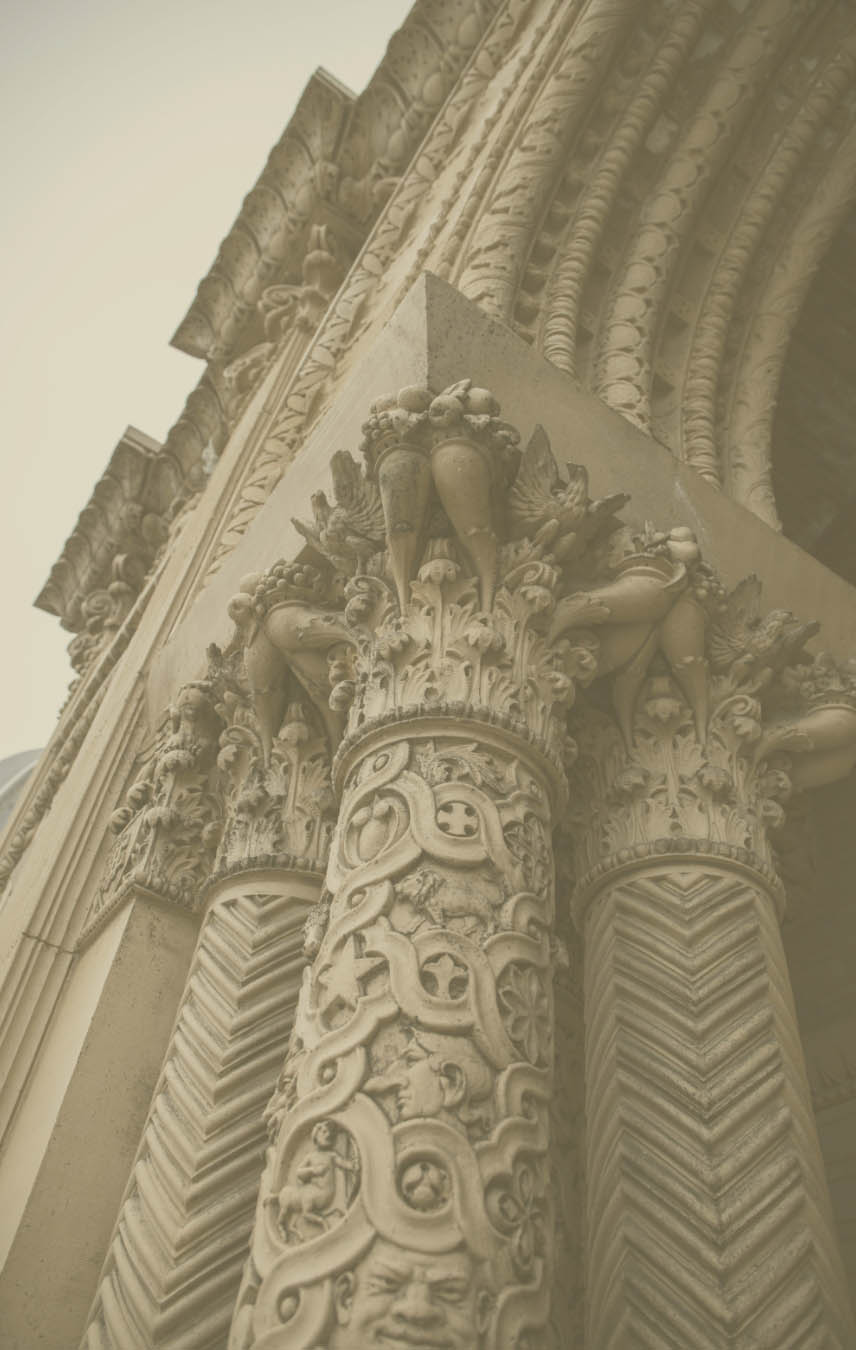
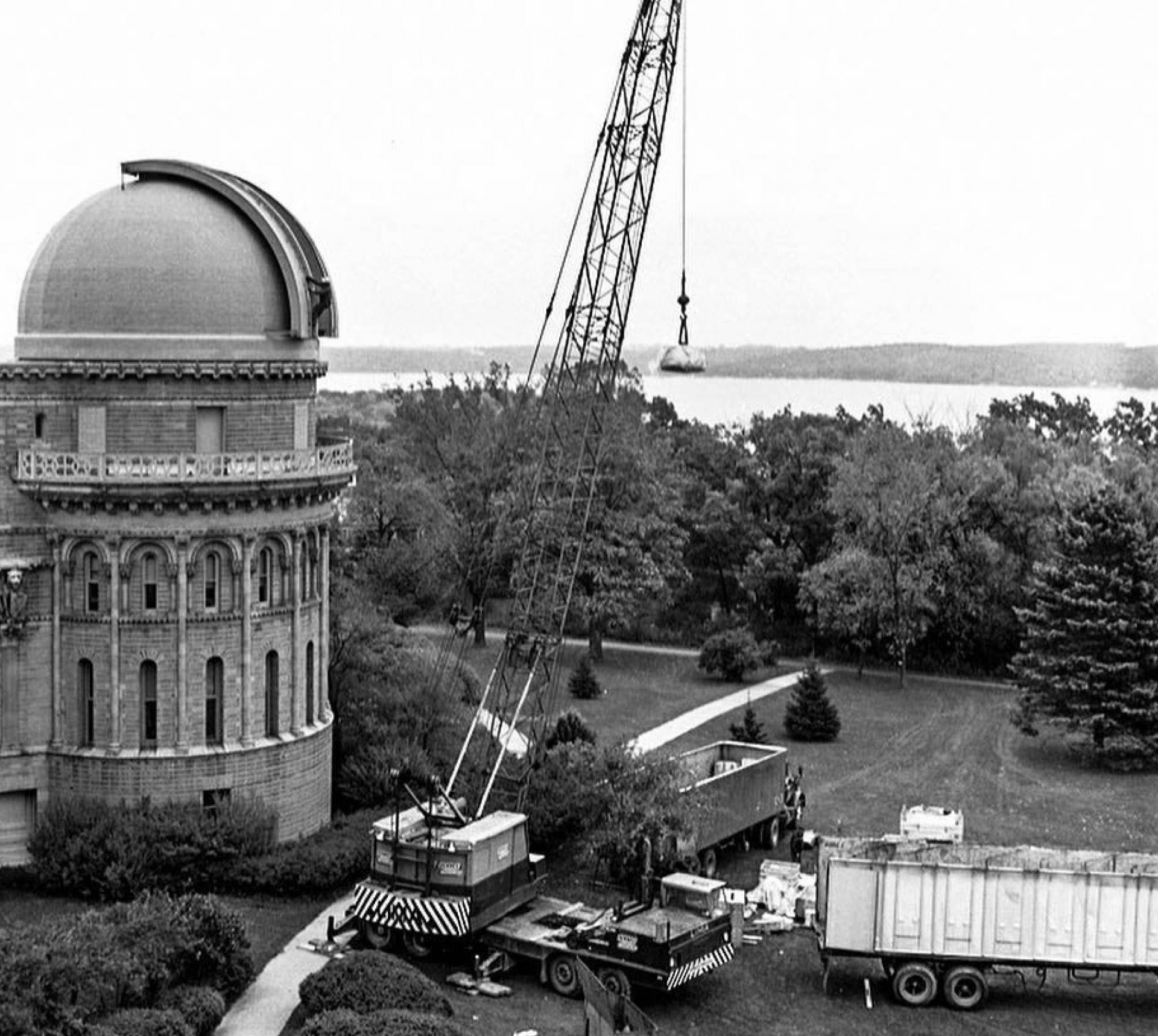
With time and teamwork, Yerkes Observatory
shines brightly once again.
It took only two years to build Yerkes Observatory. But it will require a projected 10 years to renew, reclaim, and refurbish the building and grounds after more than a century of wear and tear, environmental damage, and deferred maintenance. Yerkes has commissioned a talented team of architects, landscape designers, artisans, and crafts and trades people to complete this awesome task. Many of them are local professionals and contractors, proud to be part of the effort to revive a community and international treasure.
Building
Beautifying a Beaux Arts masterpiece.
Building renovations have been ongoing since Yerkes Future Foundation took possession of the observatory from the University of Chicago in 2020, with replacement of weathered bricks on the front and rear parapets a priority. Decorative terracotta stonework on the front of the parapets is irreplaceable, so masonry crews have been removing the stones, marking them by location, storing them and then replacing them after the brickwork is repaired.
Additional exterior work included replacing the roof and skylights, and constructing a new, expanded parking lot with EV charging stations.
Inside the building, fresh paint has already brightened the entrance rotunda and an all-new electrical system has been installed. Other work in progress: converting former offices to public program and exhibit space; updating restrooms to ADA standards; refinishing hardwood floors and polishing Carrara marble walls; and decorating with new contemporary furniture, lighting, and fixtures.
The Great Refractor telescope inside the dome will receive a major tune-up, restoring it to a period-correct, historic standard for new programs. The observatory’s two small-dome reflecting telescopes will also receive technology upgrades for student and public use.
“In meetings with the contractors, I’ve been amazed at how excited and eager they are to tackle projects.”- Dianna Colman, Chair, Yerkes Future Foundation
Keep Yerkes open for a new generation of explorers
Help us continue
the legacy.
More than a century ago a determined founder, masterful architect, skilled trades workers, diligent engineers and inventive entrepreneurs built Yerkes. Visionary scientists put it on the galaxy’s map. A dedicated group of locals saved Yerkes for future generations. And now we look to you. Please consider becoming a contributor and friend of Yerkes Observatory. Your participation means everything.
Want to talk about an estate or legacy gift? Want to see if you can help us with your time as a volunteer?
Email Us
